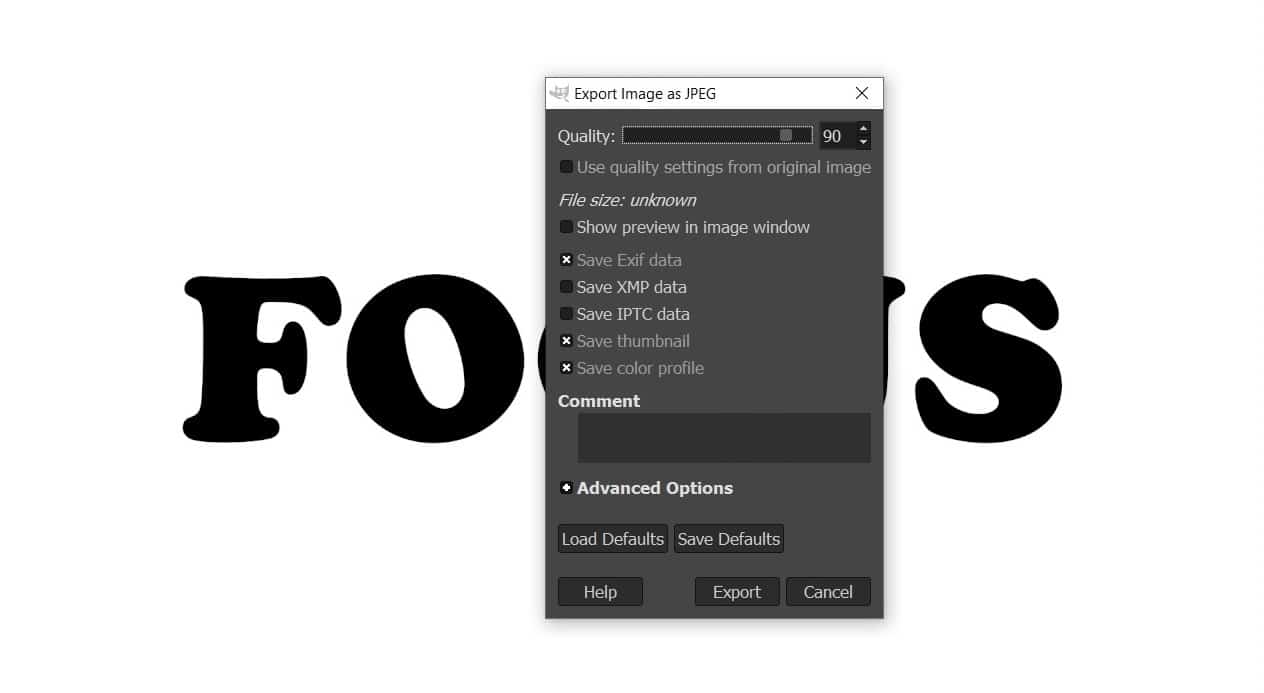[How to make money from blogging – Digital Marketing Part – 2.2]

No sugarcoating, it is difficult to make money from blogging, be it monetizing WordPress, monetizing Blogger, monetizing self-hosted websites or through platforms which provide other ways of earning money online.
It is not easy to start a blog, consistently make posts and make other investments to drive traffic. Options are many and hence, confusing. Most websites list the various methods of monetizing without getting into their prerequisites.
Each method requires a good deal of research, and then the decision making of whether the proposed method would fit your blog type.
In this post, I have listed the methods I have personally used or are in the process of applying, the information I should have had before opting for them, the role of payment gateways, monetary investments, and some more data on a case to case basis.
You weighed your options for a blog platform in the previous post. The purpose here is to lay out options to help you decide the best monetization method for your blog type, so you can actually make money from blogging.
Note: This post doesn’t promise that you will generate a certain sum by employing the said methods. There are other forces at play that determine that. We will explore them in future posts.
There are multiple ways to make money from blogging or via websites, and there are multiple platforms that facilitate that. Let’s explore them one by one:
Monetizing WordPress and Blogger via Google AdSense
This is the most common method to monetize your blog. Developed by Google, AdSense is the one-stop platform if you want to run ads on your digital property which is NOT a Medium or Ghost.org blog.
However, if you have just created a self-hosted website or sub-domain blog under WordPress or Blogger, it still doesn’t qualify to be a part of Google’s ad network.
Eligibility Criteria
Eligibility for AdSense demands that your website or blog should at least be 6 months old, and should have enough content apart from other requirements.
Google ensures that every new property in AdSense has scope for good readership and decent traffic to make the most of serving ads. This is reinforced by further verification by Google’s team.
In other words, even if your digital property meets the above criteria, it still takes a few hours, or sometimes, 3-4 days to get a green signal from Google. Till then your AdSense dashboard is mostly blank and the features are gradually enabled if Google’s team deems it fit for ad serving.
So before you sign up for AdSense, ensure that you have a decent number of posts with good content-length. Share it in your social media groups and drive initial traffic.
Ease of Use
At the core, placing ads is placing code pieces that do the job of showing ads to your visitors. This process is easiest with self-hosted sites like ones under HostGator because in such cases, domain owners are familiar with coding.
Google AdSense generates a unique publishing id to identify your property to serve ads. Make note that you are actually to list your domain (e.g. https://sangitaekka.com/ ) and not the sub-domain (e.g https://blog.sangitaekka.com/ ) even if you wish to serve ads only in your blog.
Since Google needs to pull publishing id from your site, it generates a text file – ads.txt which is required to put in the site folder. If you are familiar with Hostgator, it is the public-html folder of your site.
After this initial set-up, you can create ad formats from AdSense dashboard, copy the publishing code and start placing them in your blog content. If you have a WordPress site, follow this tutorial, as AdSense set-up varies with hosting platforms.
For Blogger, since it is under Google, “Earnings” tab is enabled once your blog starts seeing decent traffic. This Wikihow tutorial is a complete guide to get you started.
Note: AdSense will ask for tax data, for Indian users, it’s your PAN number. The earned amount has to reach the threshold of $100 before it reaches your account.
Ad Format
Once the initial settings are done, you can create Ad units from your AdSense account. You can choose from Display ads, In-feed ads, and In-article ads.
Each of these ad types needs a separate explanation but since the blogs here are of textual nature, In-article ads work best.
Select it, ensure you pick responsive ads and get the code. It is the same code that you will use every time. Copy and paste it within articles and Google will start feeding ads in a few minutes.
Medium’s Partner Program
After a really looooooong piece of information on AdSense, now let’s look into Medium. Relax, it doesn’t need that much data.
Medium’s model is simple. You opt for a membership and you become eligible for Medium’s Partner Program.
The concept is similar to gated content creation if the stories are eligible for the metered paywall, and if they meet guidelines.
To receive payments you will have to connect your Stripe account.
Note: As of now, Indian and Brazillian bloggers cannot make money from blogging on Medium with domestic bank credentials. Medium’s integration of the Stripe payment gateway doesn’t let countries where Stripe is still in preview or beta mode. To check, if your country is on the list, visit this link.
In short, if you are interested in Medium’s Partner Program with hopes of earning a secondary income, ensure your country is properly listed under Stripe.
Ghost.org and Premium Subscription Model
Ghost.org has a similar concept of gated content on a post to post basis. Relatively new, this platform boasts of support for publishers, entrepreneurs, and developers.
Pre-built with SEO tools, and with a multitude of integrations. Ghost.org also functions on Stripe, or Bitcoin where desired.
However, unlike Medium, you can connect your Stripe account here. Login to your Stripe dashboard and activate your account. It won’t take more than a few minutes.
Post activation Stripe gives you your publishable key and a secret key to link it with your Ghost.org account which enables you to receive payments for gated content. You are free to choose how much you want to charge on a monthly or yearly basis.
Note: Ghost.org may feel pricey for a lot of bloggers. Do check their pricing plans before upgrading your account after a 14-day trial.
Patreon’s Community Driven Platform for Creators and Patrons
Patreon, as the name suggests, is a platform to find patrons for your work. Heavily used by artists in the traditional sense, this platform lets people support other people who create. Strongly driven by the sentiment of the community, there are all types of creators on this platform, including writers.
You can choose to create public posts or release your content for patrons only. Through the same platform, you can also choose to support other creators by pledging a certain monthly amount.
Optimize your blog content with media usage
A textual blog gives you the freedom of expression in detail but they say “a picture is worth a thousand words” for a reason.
Pep up your blog with quality images. You can create your own or download images under a free media license from Canva or license from Unsplash which lets you use these media on blogs without violating copyrights.
To make money from blogging demands a plan, content topics, constant improvement, and posting consistency.
Apart from all of that, it is more important to convey your truth, to speak about things that inspire you, ideas you want to nurture and topics you care about.
Give it time, the right audience will find you. Money will then be a by-product.
Older posts in Digital Marketing series
Digital Marketing – Part 1 – Digital Marketing for Artists
Digital Marketing – Part 2.1 – Blog – Everything to know before starting one

